My first course was Disruptive Innovations in Technology. In this course I planned an innovation that I would like to see in my school district. As a Digital Learning Specialist, I was aware that we were moving towards blended learning and we would be purchasing a new learning management system so I decided to make this the topic of my innovation plan. I felt it would give me the opportunity to support our district's plan. Since I deliver lots of professional learning on digital tools, I made my blended learning focus around "blended professional development" and preparing teachers for blended learning in their own classrooms.
In the next course, I learned about Leading Organizational Change. This was very informative as it reminded me of the importance of focusing on the wildly important goal, not just the urgent things that demand our attention. Next, I learned about the six sources of influence as a means to lead and support others through change. I see these strategies in place as we look to support our technology integration champions this year. For instance, they have personal motivation as many of them applied for this new position, we are building a community for this group of teacher leaders through teambuilding activities and an exclusive group in Schoology. In this community they can ask each other questions and provide feedback for their campus-based professional learning. One of the rewards we have in place for them is the "Failing Forward" award where we celebrate risk-taking and learning from our mistakes. We also ask them to curate and reflect on their experiences via an electronic portfolio in Schoology. On the ability side, we invest in building their skills in professional learning and Schoology with monthly training sessions. When they get stuck, they can always draw strength from the other TICs. Lastly, we are helping them to change the environment on their campuses by inviting teachers to observe them in their classrooms as they implement what they are learning with their students.
It was easier to get the course work done during the summer. I was off work most of the time. However, my real test would be how I managed family, grad school, and work. Upon the start of the school year, I took the course Creating Significant Learning Environments. Instead of focusing on professional learning, I wanted to plan a course using the Understanding by Design template from a teacher's perspective. I also had the opportunity of interviewing one of my colleague's son, Zale, for my Digital Learning and Leading podcast. He was a living examples of the new culture of learning.
In Digital Learning in a Local and Global Context course, I was able to not only explore the variety of innovations in educational technology in the U.S. but also abroad. I also did a literature review on the topic of blended learning and professional development. It helped me to discover that many schools that have started blended learning did not adequately prepare their teachers for this new approach. It was a challenging endeavor, but I learned so much about what's missing in professional learning and characteristics of quality professional development.
Right before Christmas break, I took the Assessing Digital Learning and Instruction course. I was able to dig deeper into Action Research. I had conducted an Action research project before but I learned about many more different methods for gathering data and how to refine the process. I even tweeted the author of the book to see if he had some action research samples on the topic of professional learning. He shared some with me to review. (That's why I love Twitter!) When that research planning was done, I was so glad to be done and to have a longer break from work and school. And, I was going to need it because the spring brought news that I never would have expected.
I started the year, in the Instructional Design for Online Learning course. In this course, I took the unit of study I created using the Understanding by Design template and created the course online using Schoology. I was so grateful to have the opportunity to build out a course in Schoology. This helped me to discover more of Schoology's features for learning. I also incorporated the same approach you all have taken in the DLL courses with the introduction videos. I made mine using the webcam on my Surface tablet. I also made sure that the course was well organized and clear instructions were provided. This helped me a lot when I planned the Schoology course our teachers were required to take this summer. Then, we got the news that our Digital Learning Department was being dissolved. That was a blow! I would miss my colleagues and wondered what would my future hold. There were going to be new positions that we could apply for, but at the very least we were guaranteed a position as a classroom teacher.
At about the same time, I was in the Special Topics: Technology course where we focused on Professional Learning (my favorite topic!) One of our main assignments was to build a professional learning outline with a three-column table and list of resources. I had a blast with that! Most importantly, when I interviewed for one of the new positions, our writing task was to create a professional learning plan for three different campuses with different needs. I felt so prepared for that task as I modified my professional learning plan to address each campuses situation. Making sure that the professional learning was chunked and ongoing, that there would be support with implementation, and that the learning would be content specific. Which was indicative of Gulamhussein's effective principles of PD. During that course, I was invited to participate with Dr. T and Dr. H on book chapter. Which was perfect timing for the next course.
The Digital Resources course encouraged each of us to be thought leaders by submitting articles for publication. I had just been published in the American Association of School Administrators in April, so I knew that one couldn't count. In classic COVA fashion, I asked if the publication on Mobile Learning I was working on with them could count towards the article submission for the course. They agreed it would only mean that many of my deadlines were sooner than the others because of the submission deadline. I appreciated that they allowed me to focus on the section of the chapter that discussed professional learning. It was the topic I knew most about and any research I gathered only made me more knowledgeable on the subject. In this course, I learned about a new video creation website, Biteable, and created a video to emphasize the message of avoiding the "quick fix" when it comes to technology initiatives. It was at the end of this course that I also received an offer to join the Teacher Development Department! I was so excited about this chance to support our Technology Integration Champions as a Professional Learning Specialist.
One of the last courses for me was on Digital Citizenship. It was the least COVA-like course. There were 5-7 assignments due each week and they ranged from 5-15 points in grade value. There was no real choice in the course and the only authentic assignments for me were the videos I created on "Digital Citizenship in a Snap" which was a video to teach users how to use Snapchat responsibly. The other video was one that I created for my district called Schoology and Digital Citizenship. Each year we are required to watch a "digital citizenship" video and I thought why not incorporate the relevant sections of the nine elements of digital Citizenship with the teachers' request for help teaching their students about Schoology.
Finally, this course Synthesis on Digital Learning and Leading has given me the opportunity to reflect on all I have learned. In fact, just a few weeks I was promoted from Professional Learning Specialist to Coordinator - Teacher Development and the focus of my role would be Online Professional Learning. It's a new role and I am glad to be able to help pave the way.
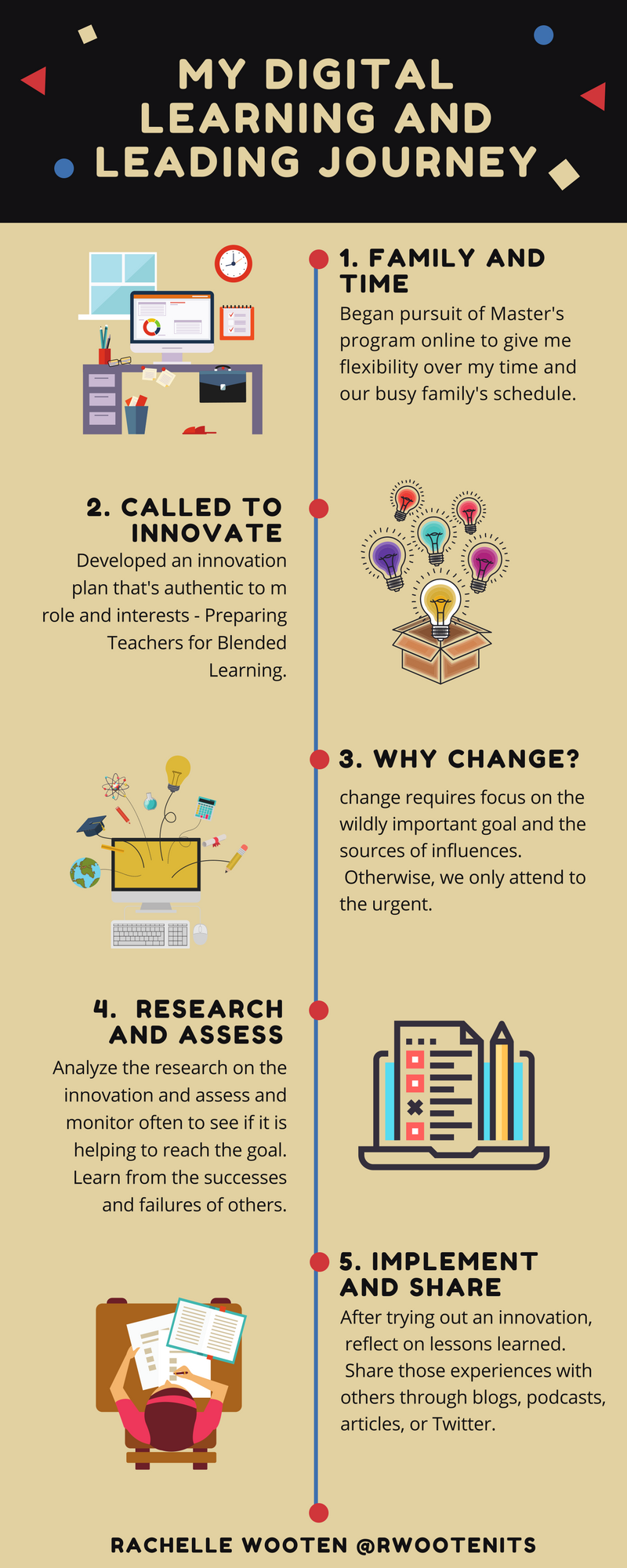
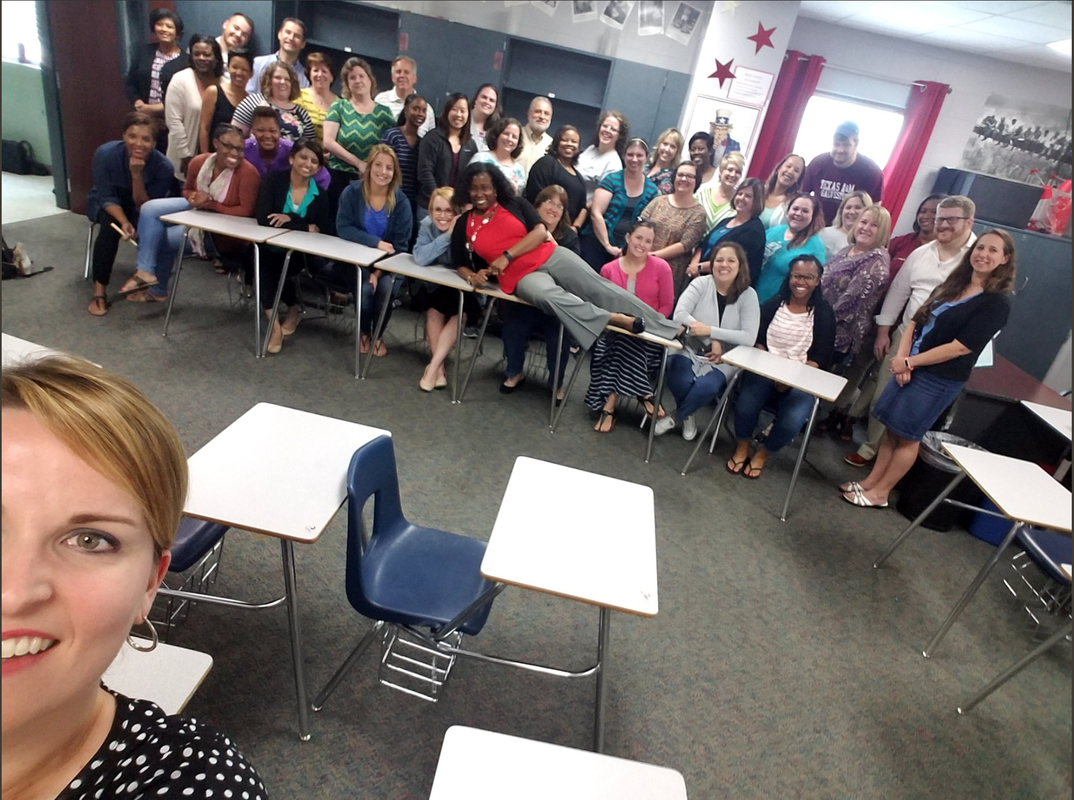
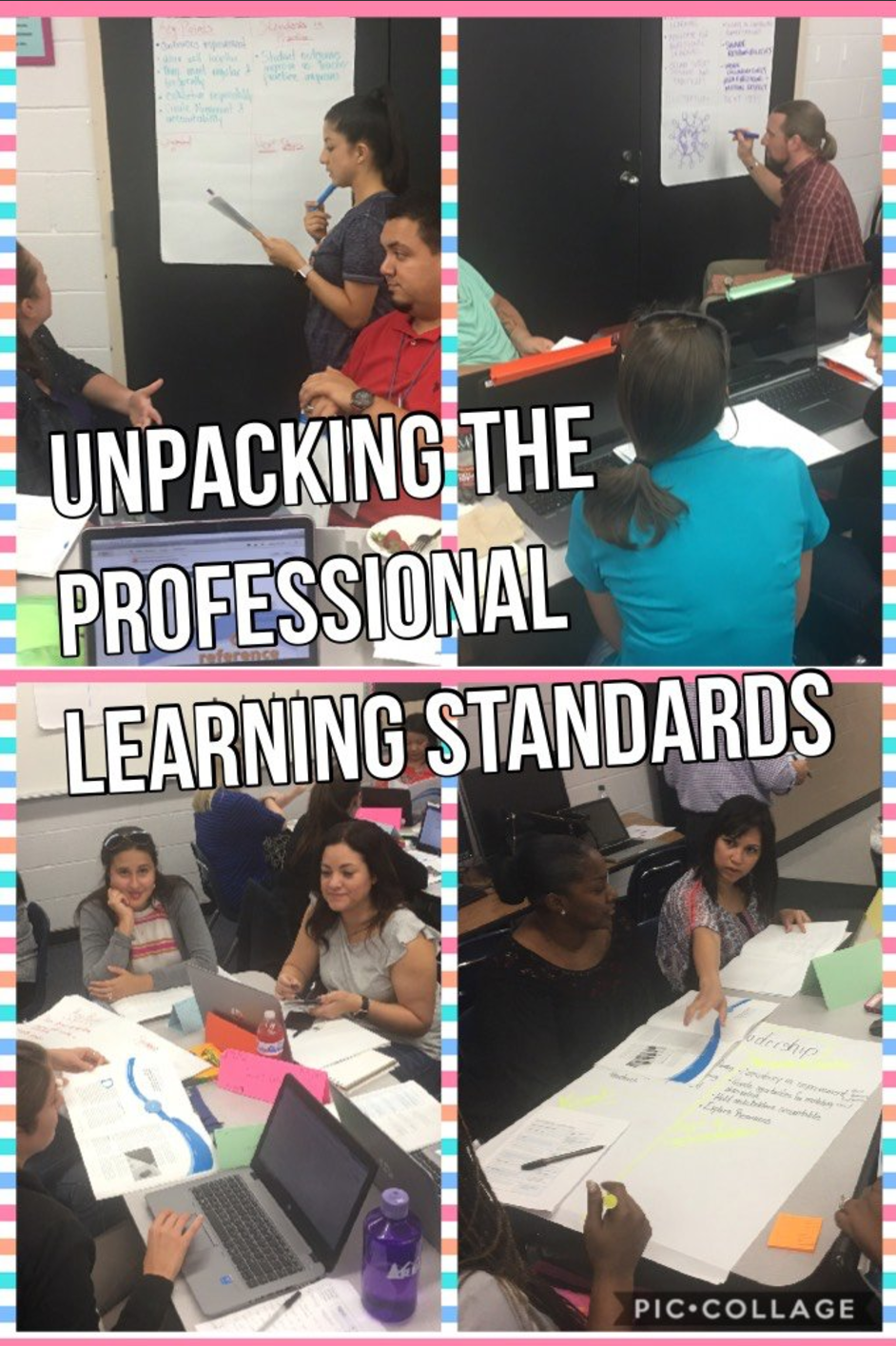

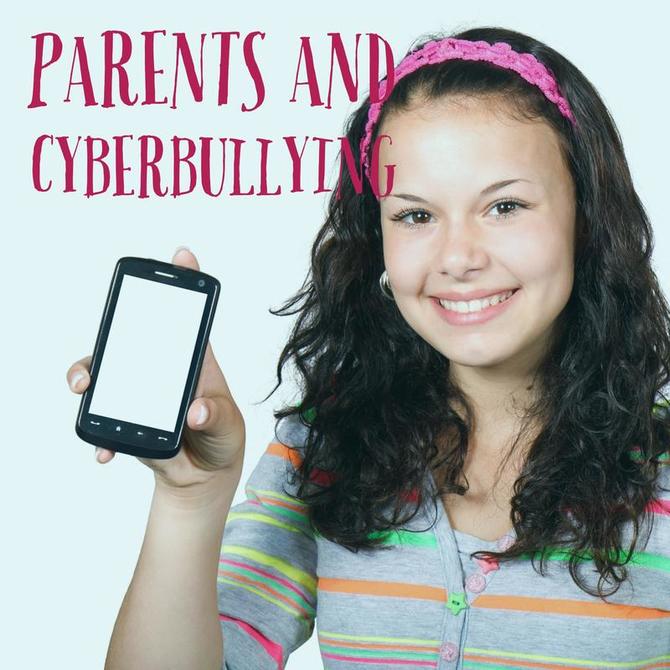
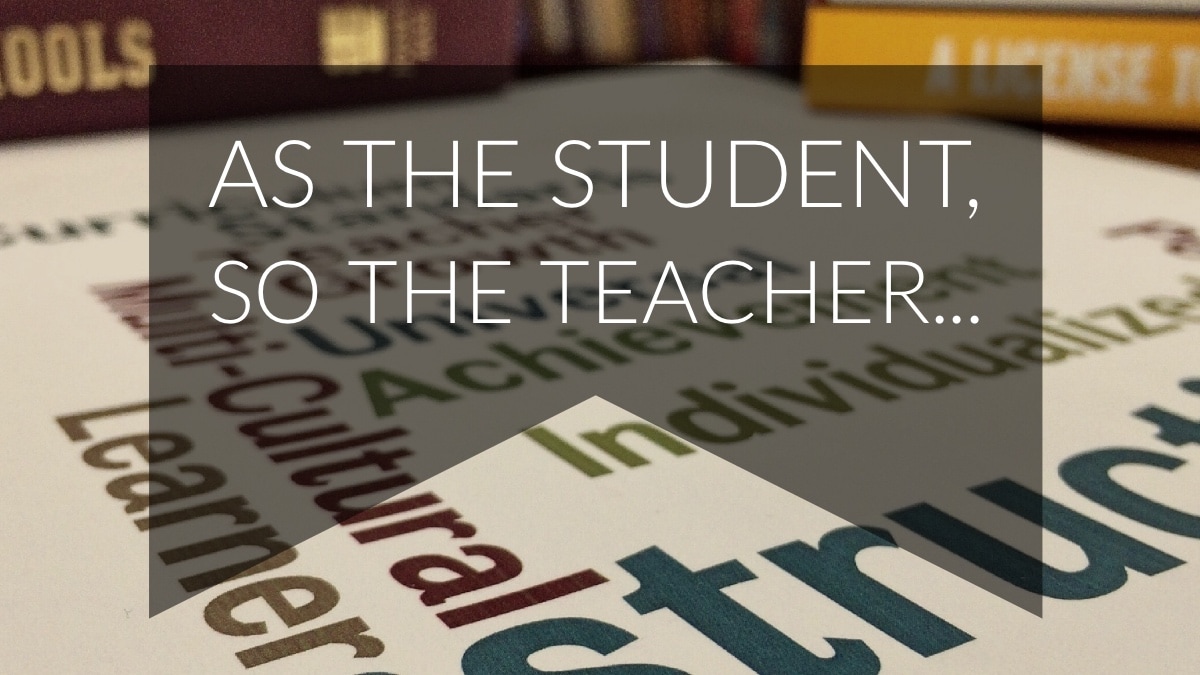
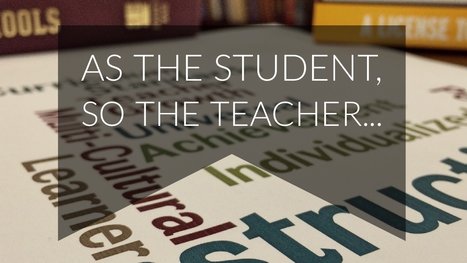

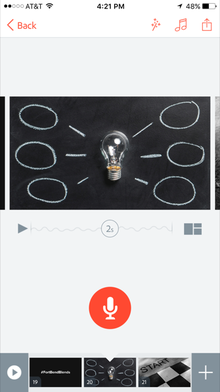
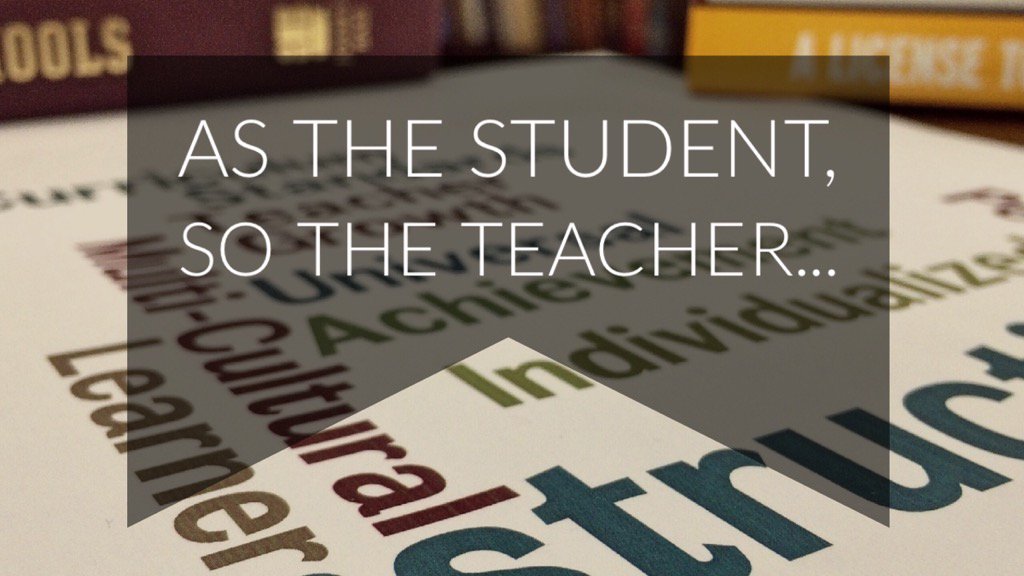
 RSS Feed
RSS Feed
